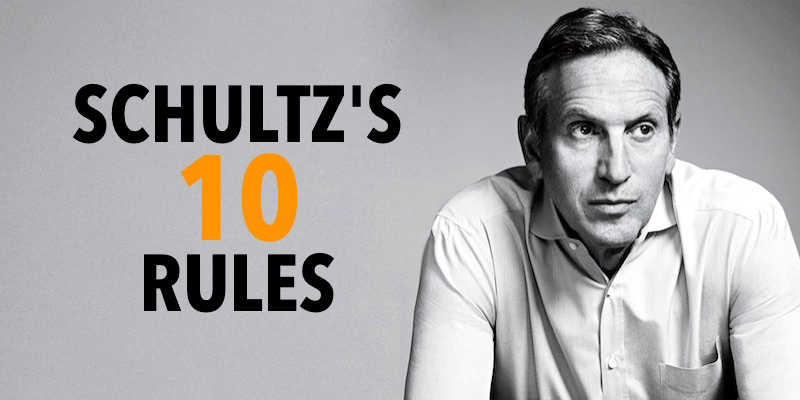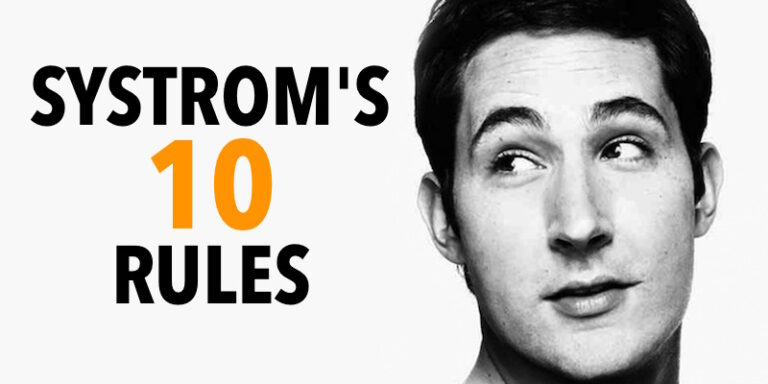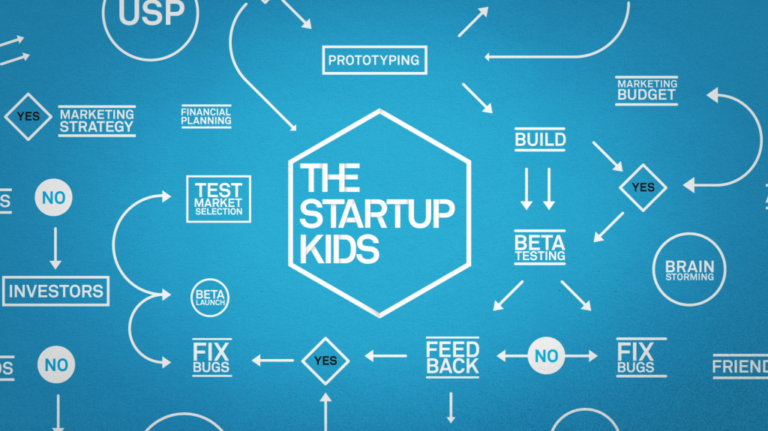Howard Schultz is the CEO of Starbucks the largest coffeehouse in the world with more than 23,000 locations. Schultz’s is one of the richest men in America with a net worth of over $3 billion. He become Fortune Magazine’s 2011 Businessperson of the Year.
Schultz was the owner of the NBA’s Seattle Supersonics from 2001 to 2006, which he purchased for $200 million. He was a member of the Board of Directors at Square. In 2012, Forbes magazine ranked Schultz as the 354th richest person in the United States.

Here are 10 success lessons from Howard Schultz – “Starbucks CEO and Billionaire” for entrepreneurs,
1. Have a mission
Starbucks has one simple mission: To inspire and nurture the human spirit–one person, one cup, and one neighborhood at a time.
That mission statement has served the company for more than four decades, because Starbucks is more than just a coffeehouse. It’s become an escape for anyone needing a break from the daily grind. It’s become a centralized meeting location for friends to catch up and business people to have meetings.
Starbucks wanted to provide people–no matter their age, profession, or location–with a unique experience: the coffeehouse as a place to relax, work, and socialize.
2. Inspire and challenge
Back in 2007 Starbucks was in trouble. As chairman, Howard Schultz noted then that the company had lost its way. “The pursuit of profit became our reason for being, and that’s not the reason that Starbucks is in business. We’re in the business of exceeding the expectations of our customers.”
So what did Schultz do? He took 10,000 managers to New Orleans for a four-day conference to help inspire and challenge employees. The result? All 10,000 left the conference on “a tidal wave of energy.” By 2013, Starbucks was reporting record profits.
3. Stay closer to core business
“Our history is based on extending the brand to categories within the guardrails of Starbucks. [We won’t] abuse the trust people have by going off and doing things not consistent with the heritage of coffee.”
When Howard Schultz returned to the CEO job he found Starbucks selling teddy bears to increase same store sales. He quickly put an end to that offering. Starbucks does try new things, but tries not to stray too far from the core business.
4. Focus on people
Howard Schultz’s clearly believes that the focus on people is the primary reason for the success of Starbucks. Howard Schultz is also very focused on developing and maintaining a strong company culture and improving teamwork. Company culture, teamwork and people are important for every company.
Starbucks offers stock options and health insurance to both full and part-time employees. What is arguably most interesting about Starbucks is that they have built a moat in a services business that might be viewed by some people as a natural commodity.
5. Take your business personally
Starbucks is not in business for Howard Schultz. He says that the company will evolve and survive long after him, because it’s built for that. He adds, “I’m not going anywhere anytime soon… I love this company so much. My emotional state in relation to the company is beyond normalcy. It’s a fanatical feeling.”
6. Choose the right partners
Over the years Starbucks has entered a number of partnerships to help expand its business. For example, the company partnered with Barnes & Noble in 1993 to serve its products at the bookstores nationwide. What goes better with a book than a cup of good coffee?
A more recent partnership has been forged with Apple. Since 2006 Starbucks and Apple have worked together to provide customers with a “coffeehouse experience.” This partnership allowed people to purchase songs on iTunes that they heard in Starbucks.
The company also works with a number of organizations that help serve and advance communities. These include the American Red Cross, Global Green USA, and Save the Children.
7. Don’t be afraid to take risks
What Schultz had in mind was more than a $4 cup of coffee. He envisioned Starbucks as “the third place” that people spend their time between home and work. Schultz’s goal is a “customer experience,” not just a good cup of java. That idea is so well-rooted in our culture today that it seems as if it were always a foregone conclusion.
Schultz’s vision could have stopped there, but it didn’t. As he told an audience at UCLA in September 2008, his goal from the start was to build a “different kind of company” – one with a “social conscience” and a “soul.”
8. Admit failure, takes accountability and keep learning
Schultz is quick to own up to his own missteps, and a much publicized near disaster. When Schultz resigned as CEO (but stayed on as chairman), Starbucks grew so rapidly that it lost the signature “neighborhood feeling” that had made it so successful.
Schultz came back as CEO in 2008 and realized he had to take drastic action. He scaled back, closing 900 stores. And he took action to regain the “neighborhood feel,”
9. Everything matters
Sweat the small stuff. Pay attention to every detail. Why? Because everything matters.
When accountants informed the company that it could save money by switching from two-ply to one-ply toilet paper, the idea was rejected. Starbucks felt that having one-ply toilet paper wouldn’t jibe with the brand’s image as “affordable luxury” and make a $4 cup of coffee hard to justify.
10. Be consistent
Consistency is one of the best ways to create loyal customers. If you deliver top-notch customer service and quality products or services, people will always expect that from your company.
Starbucks has done an excellent job of offering customers consistent products and services. If you walk into a Starbucks to order a mocha latte, you can expect exactly the same product in New York City as in Seattle.


